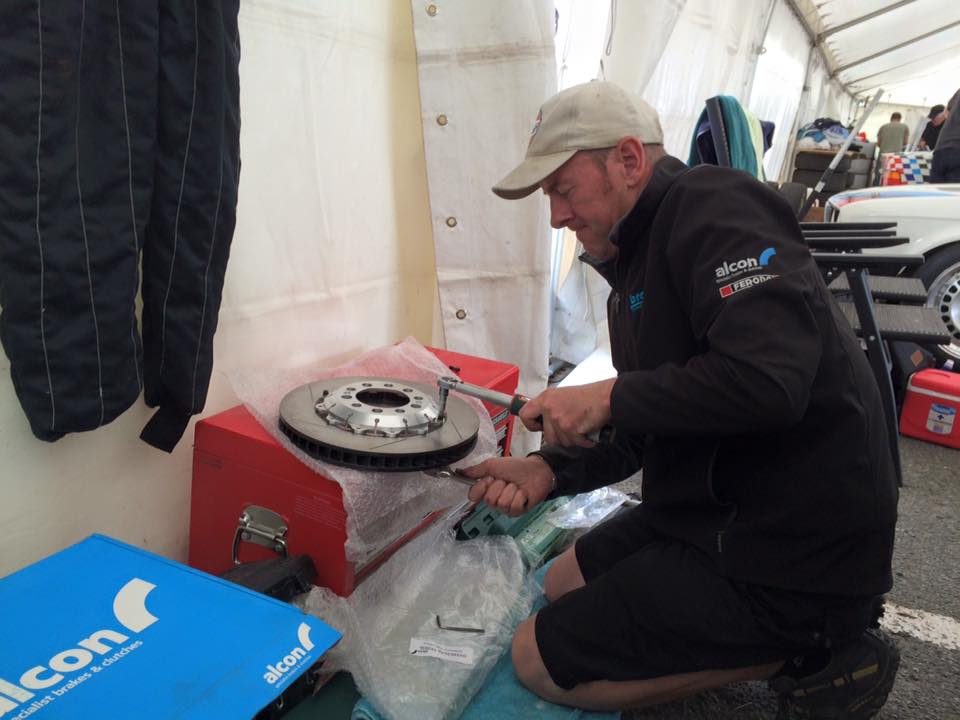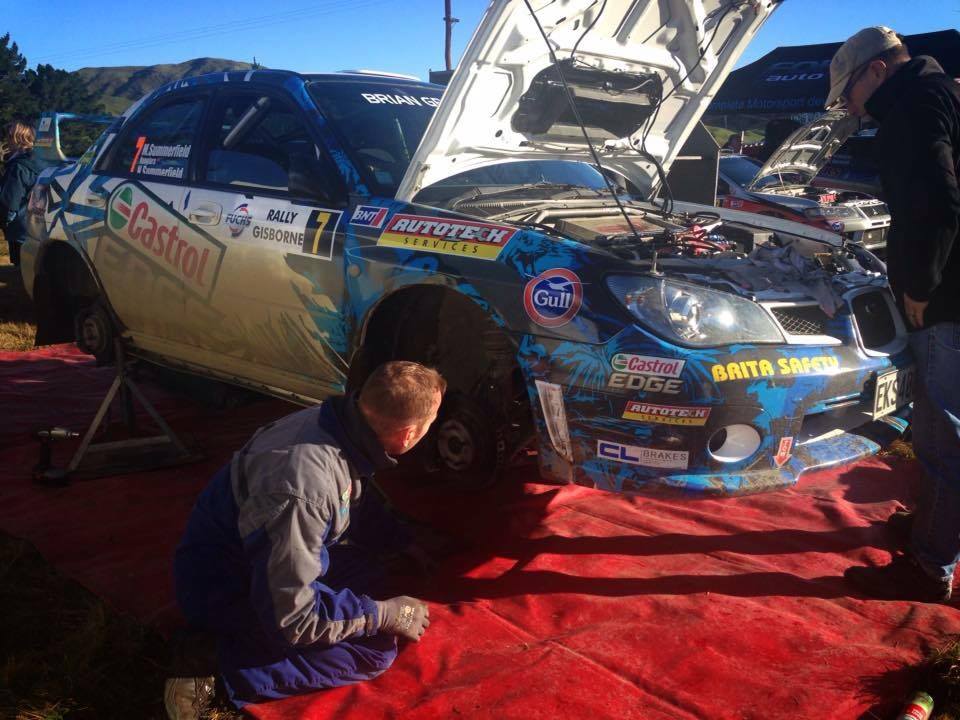Braketech wants to help you get the most out of your brakes.
Bedding of Race Pads
The aim is to bring the pads to full race temperatures, but slowly (too quick bedding results in glazing). This is done by a series of laps where full speeds may be attained but lighter braking pressures are used (i.e. the driver applies the brakes earlier). It is important that the pads are allowed to cool after the bedding process before racing. Ideally the pads will arrive at temperatures in excess of 500°C during the bedding. Pads smoking during the cool-down is not a cause for concern. Specifically for DS1.11 and DSUNO temperatures should arrive at between 500°C and 700°C (as an indication: green and orange thermal paints applied to discs to turn white completely).
Perform at least 15 trial brake applications, initially with reduced pressures (50% of the normal that might be used for that same brake application were it to occur under race conditions) building up to full decelerations after the 15 applications. To shorten the procedure applications can be made along the straights as well as at corners.
On completion of the trial applications, return to the pit lane. Inspect the surface of the brake pads from the two wheels that have been working the hardest. There should be evidence of contact over the full pad area, but without glazing. The pads are now ready to race. Whilst it is recommended that pads are inspected after bedding, if time does not allow this and paragraph 1 has been carried out appropriately, so long as a short period of time has elapsed to allow the brake system to cool (ideally to below 100°C – this might take in excess of five minutes), the pads will be ready to race.


